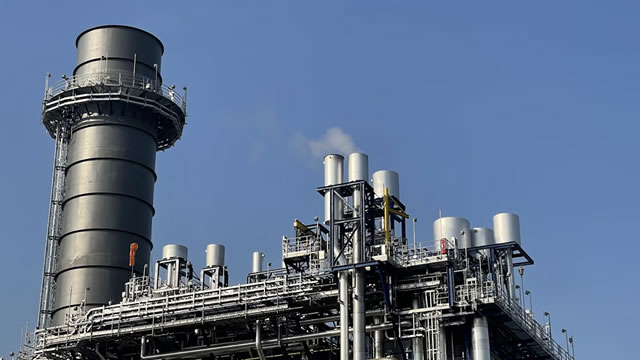The Rollercoaster Ride of Oil Prices: Russia, the U.S., and Uncertainty
In recent weeks, the global oil market has been on a wild ride, with prices continuing to climb as supply cuts from major producers Russia and the United States tighten markets. As of now, Brent crude oil is hovering around the $70 mark, with traders keeping a keen eye on the key resistance level at $72.08.
The Russian Factor
Russia, the world’s second-largest oil producer, has been reducing its production in line with the OPEC+ deal aimed at stabilizing the market. The cartel, which includes Russia and other major oil-producing countries, agreed to cut output by 1.2 million barrels per day (bpd) in January 2022, with Russia contributing around 230,000 bpd of the reduction.
However, the real impact of Russia’s production cuts became evident in March when the country’s oil production dipped below 10 million bpd for the first time since 2011. This drop in production, coupled with the ongoing conflict in Ukraine and the threat of new sanctions, has added to the market uncertainty.
The American Influence
On the other side of the Atlantic, the United States, the world’s largest oil producer, has also been contributing to the upward trend in oil prices. The Biden administration’s decision to release 1 million barrels of oil from the Strategic Petroleum Reserve (SPR) in March failed to have a significant impact on prices, as the market had already priced in the move.
Moreover, the ongoing decline in U.S. shale production, which has been a major contributor to the global oil supply over the past decade, is adding to the supply crunch. The Energy Information Administration (EIA) expects U.S. crude oil production to average 11.5 million bpd in 2022, down from a record high of 12.3 million bpd in 2020.
Impact on Consumers and Producers
So, what does this mean for the average consumer and producer? Well, for consumers, higher oil prices translate into higher gasoline, diesel, and jet fuel prices. In the United States, for instance, the average price of a gallon of regular gasoline has risen from $2.87 in January 2021 to $3.93 in March 2022, according to AAA.
- Higher energy costs can have a ripple effect on the economy, with businesses passing on their increased costs to consumers in the form of higher prices for goods and services.
- On the other hand, higher oil prices can be a boon for oil-producing countries, as they can earn more revenue from their exports.
Impact on the Global Economy
The upward trend in oil prices can also have broader implications for the global economy. For instance, higher energy costs can lead to inflation, which can impact central banks’ monetary policies and curb economic growth.
Moreover, the uncertainty surrounding oil prices due to geopolitical tensions and supply disruptions can lead to increased volatility in financial markets, as investors seek to hedge against potential price swings.
The Road Ahead
As we look ahead, the oil market is expected to remain volatile, with continued uncertainty around supply and demand balances. The ongoing conflict in Ukraine, the potential impact of new sanctions on Russian oil exports, and the uncertain pace of the global economic recovery are all factors that could influence oil prices in the coming months.
In conclusion, the oil market’s rollercoaster ride is far from over, with geopolitical tensions and supply disruptions continuing to drive prices higher. While consumers and producers grapple with the implications of higher energy costs, investors must remain vigilant to market developments and be prepared for continued volatility.
Stay tuned for more updates on this developing story!





